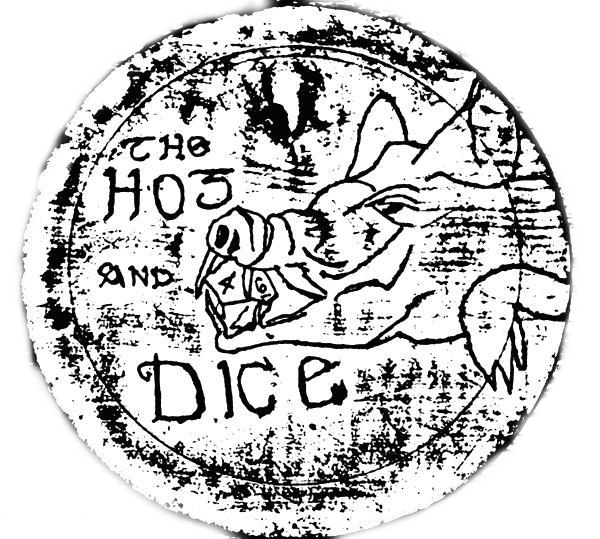I am a storyteller by profession, a folklorist by necessity and a writer by coincidence.
Spending so much time examining, analysing and guiding people through created worlds I've seen a lot of different approaches to world building and the work of a lot of different world builders. And there's one world builder whose work I find utterly fascinating.
S.J. Tucker is not an author, showrunner, game designer or any profession we would ordinarily associate with world building but a singer-songwriter of indeterminable genre. I've been listening to her work for a few years now. I can't remember when or how I first heard her songs, which seems appropriate, as if her music had been secreted into my life like a changeling. And she is a magnificient storyteller.
While songs that tell stories are hundreds, thousands of years old I had never previously heard a song that made me go "Hold on, is this based on a book? And if so can I please read it?"
As it happens much of Tucker's work is based on books. Most frequently the work of Catherine M. Valante, though of my favourite's is based on The Dresden Files. So it may not seem surprising that her songs often hint at hidden depths of lore and history that make them feel like part of a complete world. When you base something on an established world you have a wealth of information to make references to.
But the song where I first noticed this skill with worldbuilding was not based on a book or any pre existing world but a painting by Emil Carding. This song is called Were-Owl.
Now, ostensibly, this is a song about somebody who wants to fuck an owl. And it is a WONDERFUL song about owl fucking. It is a lyrically gorgeous strigiphillic anthem that somehow utilises repetition of the word "who" to evoke the hooting of an owl without sounding completely ridiculous which is a feat I would have previously considered impossible. Owl fuckery aside it is also the shortest piece of convincing world building I have ever encountered and that is fascinating.
The song doesn't acheive this by providing a detailed history, mythology or geography. There's never even a single location mentioned. Instead it does it in a much more subtle and convincing way. I'll centre three examples from the song to explain what I mean:
"Everything flies at the mercy of the moonlight" seems like a pithy way of sharing an accepted truth or wisdom, or to put that another way, a proverb.
"I've heard it said none but fools will ever count on Shifting shapes and flying dreams." is jut flat out referencing an accepted saying that does not exist in our world.
"Kings have worn his shape before (Kings have worn his wings before)." is maybe the most fascinating. This seems to be referencing historical events or mythology and assuming that we are familliar with them. It's very common for folk songs to reference well known historical events or myths without giving context, relying on the knowledge they assume we have to fill in the blanks.
So the song includes proverbs, sayings and allusions to myth which all fall under the heading of folklore. What this song has done is shown us that it comes from a world that has it's own folklore.
And it does it not by telling us all about that folklore, but through the much more convincing and believable approach of using small details to reference folklore that it pretends we're already familiar with; like real folk songs and folk stories do.
This song about a Were-Owl is not convincing because of what it tells us about the Were-0wl. It’s convincing because of how it tells us about the Were-Owl. It contextualises the creature through the folklore of another world and through describing the creature it also tells us more about that world. It tells us a little bit about how the people of that world think and what they believe, the kind of wisdom that they value.
For example “I've heard it said none but fools will ever count on Shifting shapes and flying dreams." isn’t just a proverb, it also tells us that the people in this world wouldn’t approve of the relationship or would say that it’s dangerous and that the singer is acting contrary to conventional wisdom. This contextualises the Were-Owl through folk-belief.
However "Kings have worn his shape before (Kings have worn his wings before)." provides an allusion to history that tells us that maybe this wasn’t always the case. It hints that maybe at one point in this world the were-owl was seen as a respected creature. Again contextualising the creature through folklore.
All of these lines tell us both about the subject of the song and about the world that the song exists in at the same time and that gives the world it talks about a feeling of genuine depth.
This is an important lesson for world builders. Sometimes when it comes to building a convincing and believable world less is more. When you go into too much depth outright explaining the world to your audience it can feel forced and hollow. But when you weave small, subtle details like this into your work it feels much more natural and real.
